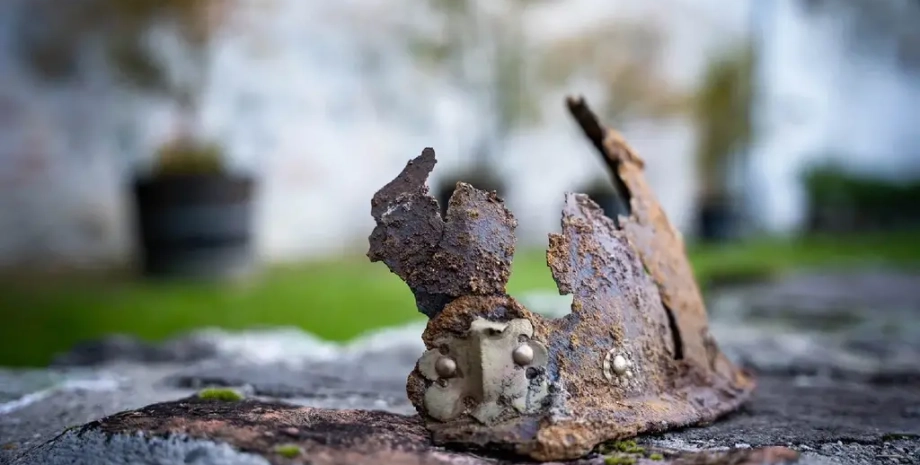
 By Victor Duda
By Victor Duda
In focus, technology appeared its Telegram channel. Subscribe to not miss the latest and most intrusive news from the world of science! The Visegrad Citadel, the fortress of the XIII century near the Danube in the Pest district, Hungary, was originally built as part of the defensive system after the Mongol invasion of the XIII century. In the fourteenth century, it became the royal residence of the Anjou kings, which expanded the structure, completing the fortification to the river.
Recent excavations in the moat of the castle dating from the Anjou era have found numerous artifacts, including small arms, cannon nuclei, arrowheads and melee weapons. These findings testify to the fierce battles that occurred in the citadel during the XVI-XVII centuries, as evidenced by significant damage observed in many relics. Among the finds is a rare helmet-cabasset, a conical headdress, popular with infantrymen of that era.
This particular instance, which is believed, belonged to the Habsburg mercenary of the Fifteen War, has complex jewelry such as copper sockets and pen along the nape. Such helmets used soldiers armed with small firearms or peaks during a long conflict between the Habsburg monarchy and the Ottoman Empire. These findings not only deepen our understanding of hostilities in the Visegrad Citadel, but also testify to the strategic importance of fortifications.










All rights reserved IN-Ukraine.info - 2022